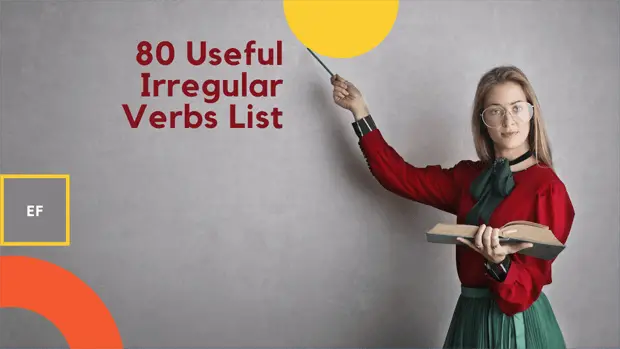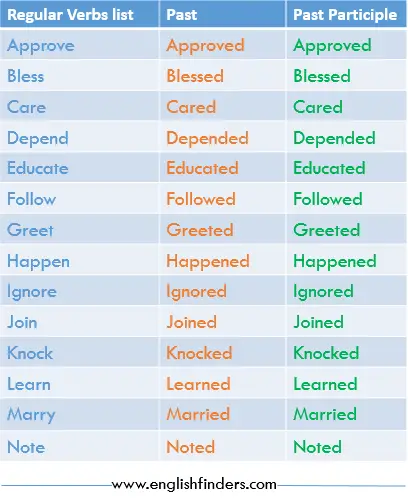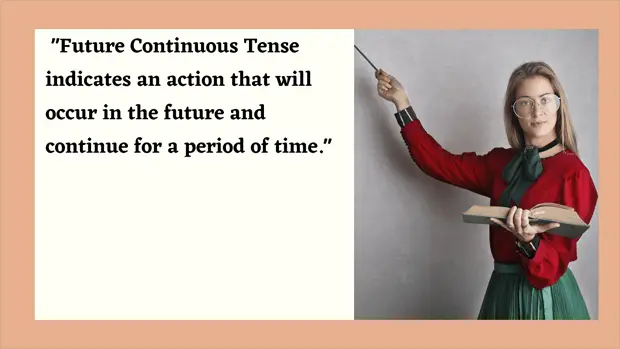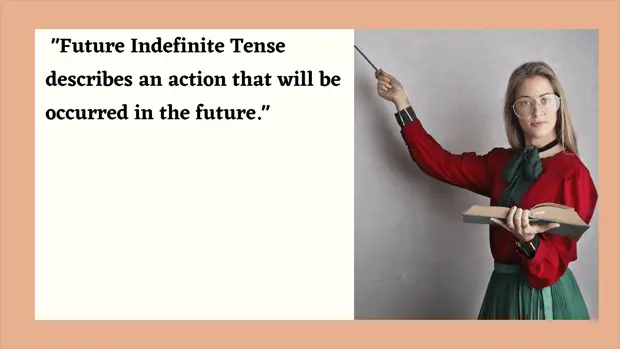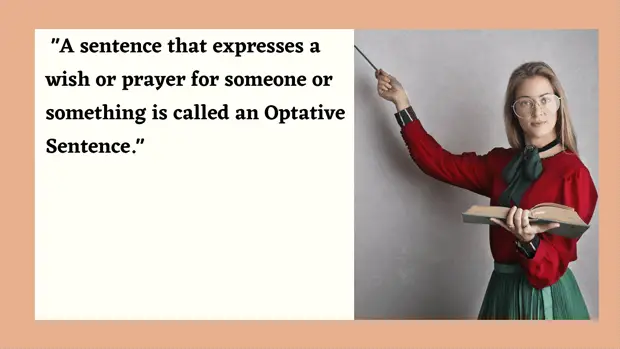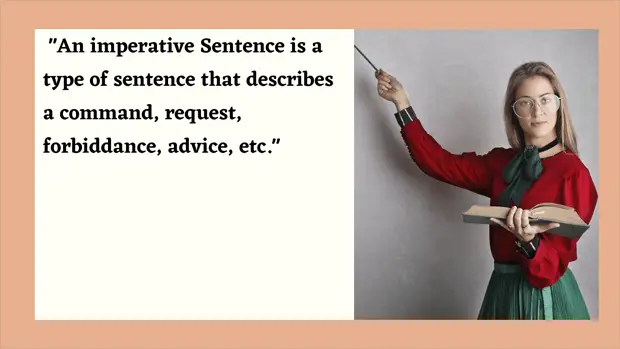80 Most Useful Irregular Verbs List with V2, V3, and Examples
Irregular Verbs The English language has a lot of Irregular or Strong Verbs. Today, we will mention the 80 most common and valuable Irregular verbs list in English. However, we must have the ability to identify past participle forms in Irregular Verbs before pronouncing those verbs. The past and participle formation process in Irregular verbs […]
80 Most Useful Irregular Verbs List with V2, V3, and Examples Read More »

